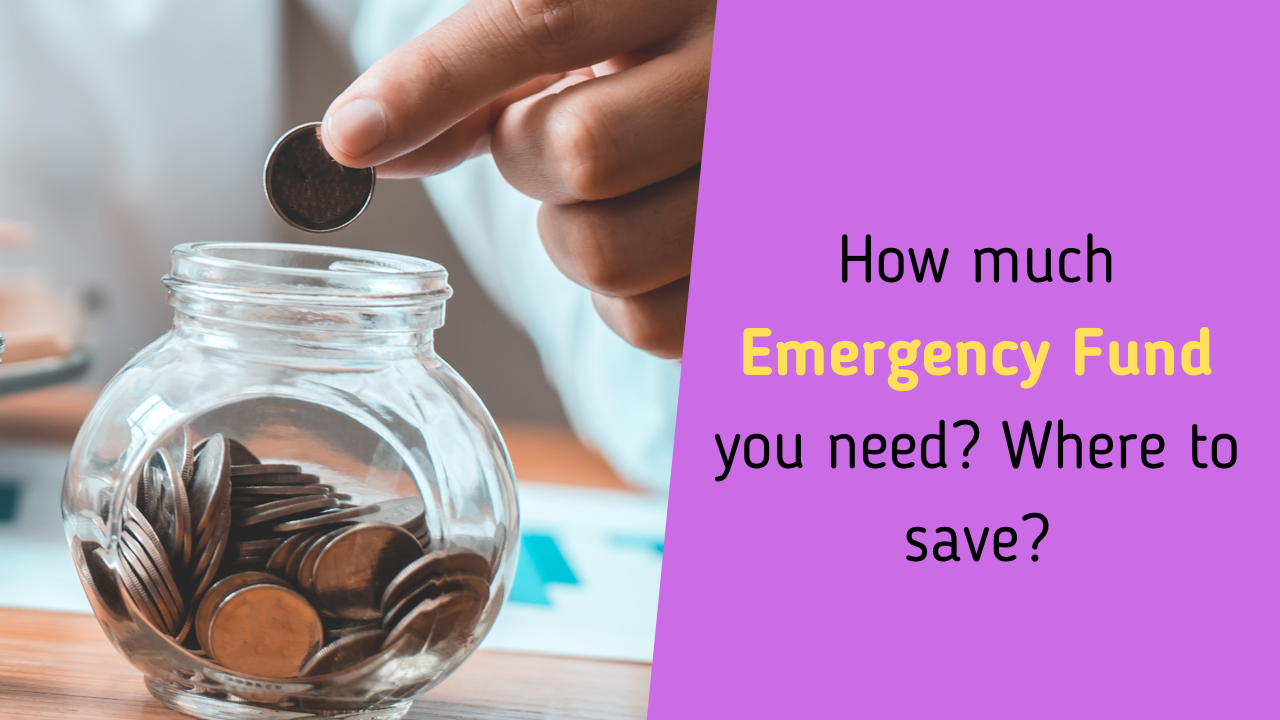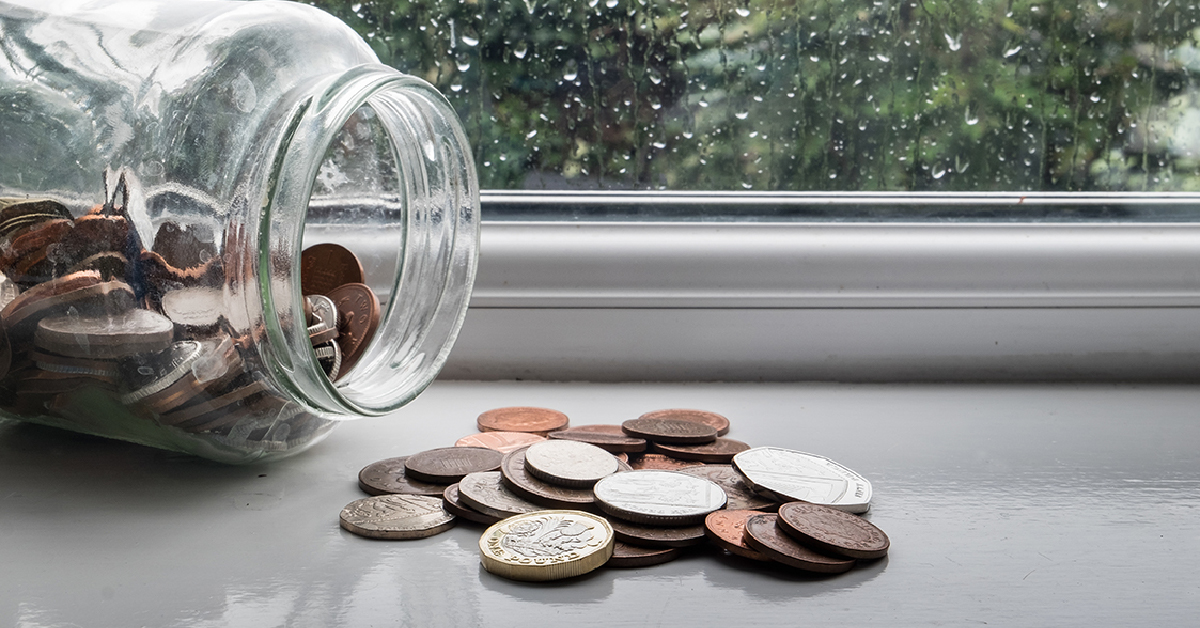
Pick up a side hustle: If you have some spare time skills or talents that you can monetize consider picking up a side hustle to earn some extra income.This provides you with a convenient way to save up for a rainy day 9.

These cards often give you the benefit of cashback on all your purchases, putting money back into your pocket.

However there are some strategies that can help you build your emergency savings faster and easier such as: Saving for your emergency fund and rainy day fund may seem daunting especially if you have other financial goals or obligations.
#Used for daily expenses rainy day or emergency fund how to
How To Save For Your Emergency Fund And Rainy Day Fund? The amount of money that you need to save for your emergency fund and rainy day fund depends on several factors such as:Īs a general rule of thumb experts recommend saving three to six months’ worth of living expenses for your emergency fund 3 4 which can vary from $10 000 to $50 000 or more depending on your income level.įor your rainy day fund experts recommend saving $500 to $2000 5 6 which can cover most common unexpected expenses. How Much Do You Need To Save For Your Emergency Fund And Rainy Day Fund? Having a rainy day fund can also give you flexibility, convenience, satisfaction, enjoyment, gratitude, generosity, spontaneity, creativity and fun. A rainy day fund can help you avoid dipping into your emergency fund using overdraft protection, paying late fees, missing payments or sacrificing other goals.Īccording to NerdWallet 2 having dedicated rainy day savings can help you weather irregular expenses and maintain financial stability while saving more than $500 per year on average by avoiding overdraft fees, interest charges, late fees etc.


An emergency fund can help you avoid using credit cards, taking out loans or tapping into your retirement savings when faced with a crisis.Īccording to Bankrate 1 only 43% of Americans have enough savings to cover a $1000 emergency expense while 18% would use their credit card, 12% would borrow from family or friends, and 5% would take out a personal loan. for at least three to six months depending on your situation. An emergency fund is money that you set aside for major life emergencies such as:Īn emergency fund is meant to cover essential living expenses such as rent, mortgage, food, utilities, insurance, transportation, health care etc.


 0 kommentar(er)
0 kommentar(er)
